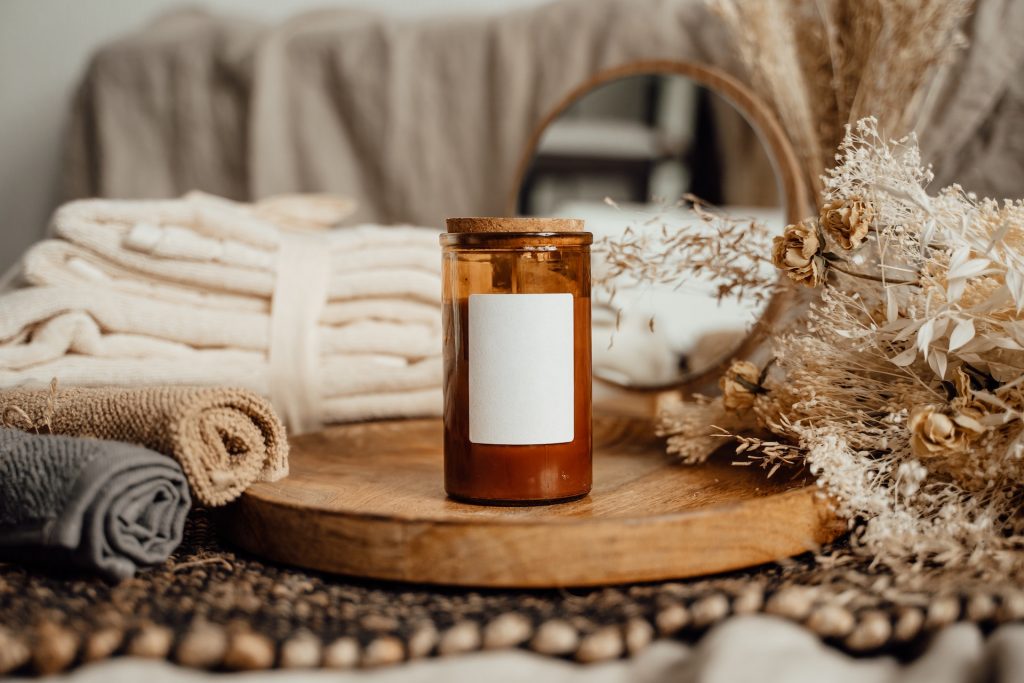
Looking after the body of a person who has died
In the UK, other than in some religious communities, we have mostly handed over the care of people who have died to the funeral sector, so this ancient aspect of being human has been lost to many of us.
The care of our dead takes place behind closed doors, often by unknown, unnamed employees of the company we have chosen. Often, we have no idea what is being done to our dead person, or by whom – and sometimes we don’t even even whereabouts they are.
We want to demystify what happens and to offer advice and encouragement to anyone thinking of caring for someone who has died themselves.
If you feel that you’d like to look after your person yourself rather than call a funeral director to take them into their care, then this information should help you with the practical issues involved.
It may also be useful for anyone who might want to be involved in this aspect of care when it is being provided by a funeral director.
It is not intended for specific cultures or for faith groups, many of which guard the care of their dead closely and intensely. Elders and leaders are far better placed and informed than we are to share the requirements of different cultures and faiths with regard to their dead. Often, communities operate their own funeral services, or can call on individuals learned in the practices and requirements handed down by their forebears.
This guidance is for people who feel drawn to looking after their dying person after death, but who aren’t sure what they need to do.
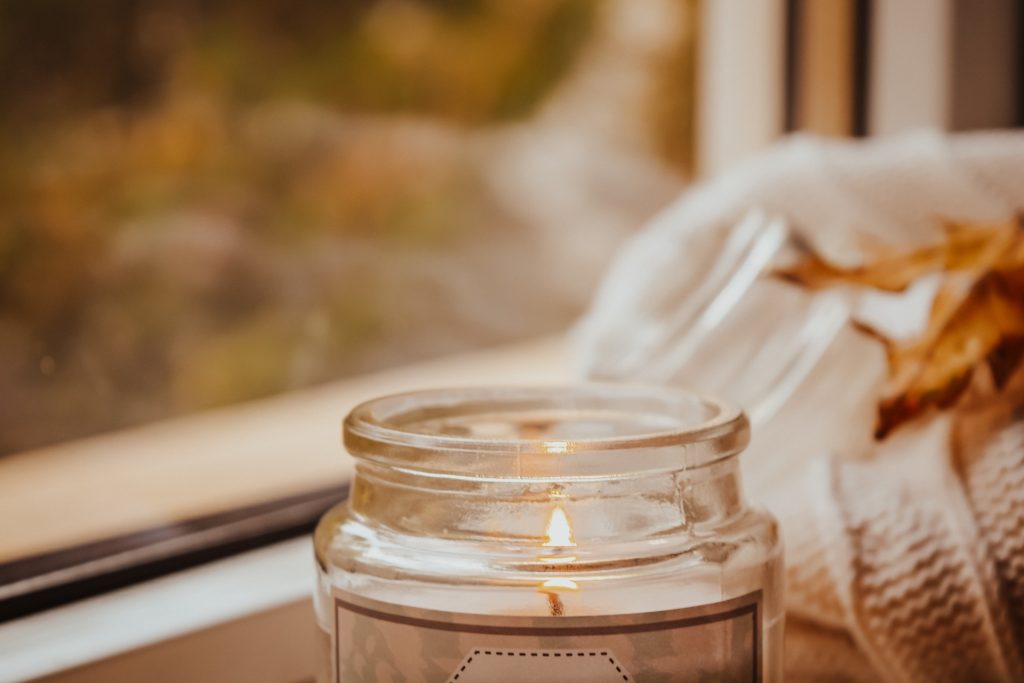

So, what do I need to know?
Firstly, caring for our dead is something that we have done for millennia. Looking after the body of someone you love after they have died can be immensely helpful for those involved, and, with common sense and good preparation, it can be a very special and meaningful experience.
Secondly, it’s not as difficult as you might think. Caring for someone after death isn’t as hard as caring for someone who can feel pain. It sounds unnecessary to say this, but you can’t hurt your person when they’ve died. Lifting and moving their body carries less concern than it would do for a bed bound living person.
There are some practical things that you will need to be ready for, and some simple precautions that you can take to minimise problems.
You will need at least one other person to help you, and ideally you’ll have the agreement and support of the whole family in keeping your person at home even if not everyone feels able to be involved.
It is also a good idea to make contact with a local funeral director who you can call on to step in if you need them to – sometimes circumstances mean you need to change your plans. You will need to pay them for their assistance so do check what they will charge you to come and collect the person if you need them to.
If you are ready to find out more, we have set out straightforward guidance for you below.
We recommend that you read it all through before your person dies, not least because you will need to begin preparations such as gathering the items you’ll need, or freezing the freezer packs in advance.
Firstly, some simple, important rules to follow when death occurs:
- Cool the body as soon as you can.
- Keep the room as cold as possible – turn off the heating, close the curtains to keep out the sun. If it is very hot, consider hiring an air conditioning unit to chill the room.
- If you open a window, ensure you keep the opening covered to prevent flies coming in.
- If you leave the body alone for any time, cover the face securely with a cloth or sheet to ensure that no flies can get to the nose or mouth.
- Make sure that if you plan to place the person in their coffin from their bed, you’ve worked out a way of getting the coffin out of the house safely and easily. Otherwise, you may need to arrange to ask a funeral director to help you to transfer the person using a stretcher before placing them in the coffin.
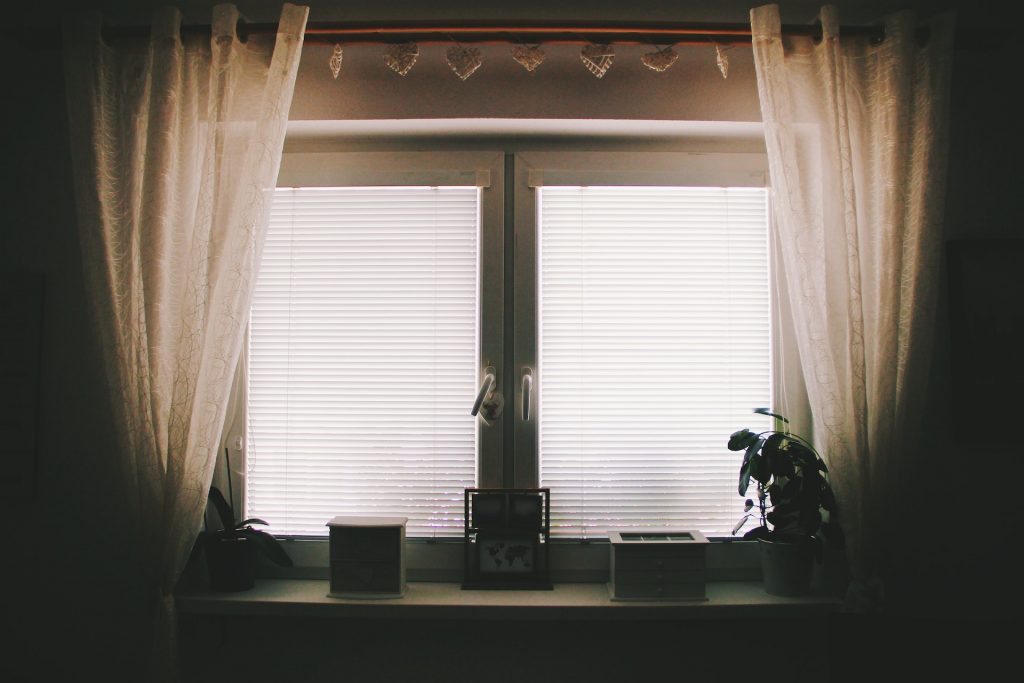

What happens when somebody dies?
When death occurs, changes begin almost immediately. If you’re with your person as they die, you will probably notice a change in the colour of their skin, a pallor coming over them once their heart has stopped pumping blood around their body. They may begin to look blotchy, or pale and waxy, and their finger and toenails may go blue in colour. They will remain warm to the touch for a while, gradually cooling over a couple of hours.
About three or four hours after death, rigor mortis will begin to set in – this is where the body becomes stiff and difficult to move. It begins with the eyelids, the jaw and the neck, and gradually extends over the body. Rigor mortis may come and go; eventually, after about 24 hours it will ease, and the body will be relaxed again. This means that the jaw will relax, and the mouth will fall open unless it is propped closed by a rolled scarf or towel.
Deterioration, or decomposition of the body begins straight away on a microscopic level in the cells, and as time goes by it will accelerate. The speed at which a body deteriorates will depend on a number of factors; the temperature, the humidity, the condition with which the person died, their build, medications they may have been taking before death. Generally, people who are larger will deteriorate faster than those who are thinner. As a body deteriorates, bacteria from the gut will multiply and the organs will begin to break down, causing the distinctive smell associated with dead bodies that can be distressing to experience.
Slowing down the natural processes of deterioration is generally a priority for people who want to care for their dead themselves, as this will enable the body to remain at home for a longer period without problems – up to several days is easily possible if the body is quickly cooled and then kept at a cool temperature. If properly managed, keeping a body at home for up to a fortnight could be possible.
To achieve this, you will need to be prepared to act quite quickly to cool the body, ideally washing and dressing them and then beginning the cooling process before rigor mortis sets in.
Laying out the body
This is the simple act of washing and dressing the person who has died. You’ll need two people to manage this, as it involves lifting and turning.
It is recommended that you wear plastic gloves to lay out a body as you may come into contact with body fluids or faeces. You might also want to wear a plastic apron to protect your clothes.
Moving the body may cause air to be expelled from the lungs which can cause a groaning sound – this is quite normal but can alarm people if they aren’t expecting it.
Movement can also cause fluid from the stomach to come up into the mouth or nose – up to a litre could come up, so place a towel over the face as you move them. Urine may leak from the bladder as it relaxes, or there may be some diarrhoea – an incontinence pad underneath and gentle pressure on the lower abdomen should help to empty any bladder or bowel contents.
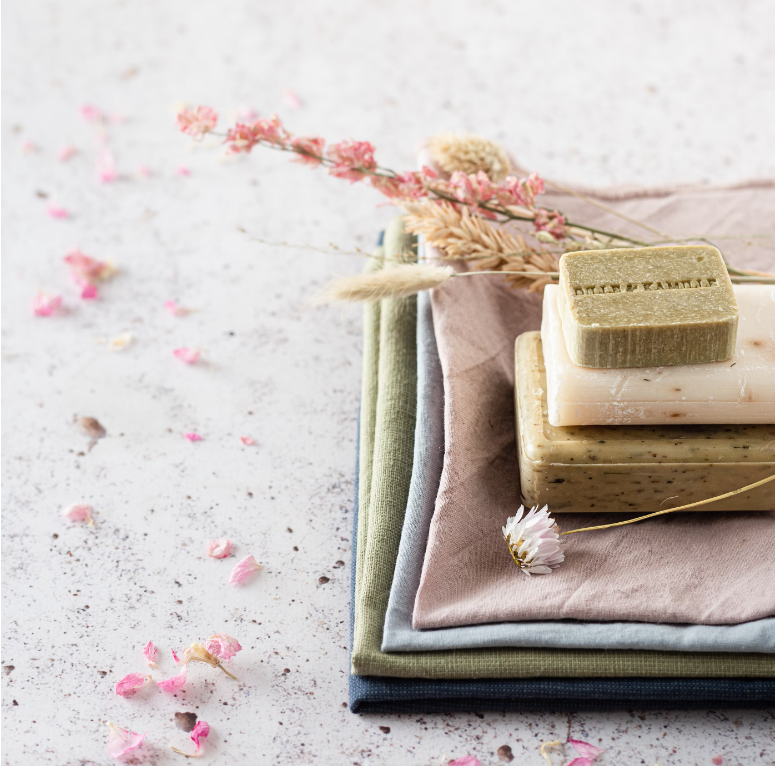
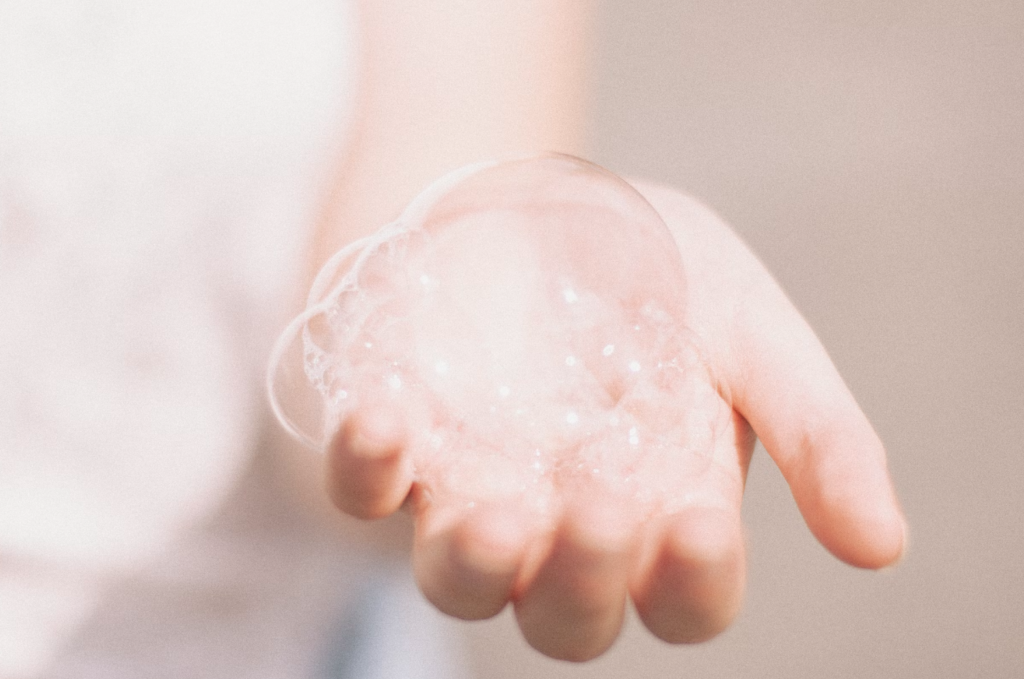
Step by step
What you’ll need:
- Bowls and jugs
- Warm water
- Soap and shampoo
- Washcloths or sponges
- Incontinence pads
- Towels
- Cotton wool
- Essential oils
- Moisturiser
- Nail scissors
- A razor and shaving foam
- A comb or brush
- A hairdryer
- Clean clothes or a sheet to wrap the body in
- Clean bedding
- A bag for soiled clothes, bedding or pads.
Before you begin, make sure you have everything you need to hand. Take your time and work together, making sure you each know what you are doing. Lay towels on the bed next to the person to catch any splashes.
To wash the hair, it may be easiest to move the person so that their head is off of the edge of the bed. One of you can support the head while the other places a bowl under it, then gradually pours warm water over the hair before shampooing and rinsing.
Add some essential oils to a fresh bowl of water for rinsing, then starting with the face, soap and wash gently, rinsing the washcloth frequently and gently patting dry as you go. Work down the body, turning the body onto its side to reach the back, (remembering to cover the face with a towel in case fluid comes out) then rolling it over to ensure you’ve washed and dried all areas.
Trim the nails, shave if necessary and apply moisturiser to the face, hands and any areas of dry skin.
Dressing the body
Once you’ve washed and dried the body and hair, you can clear away any damp or soiled towels and pads and prepare to dress them in the clean clothes you have ready.
It’s sensible to slip an incontinence pad into underwear to absorb any leakage, and to place a pad underneath the groin area for extra security.
Simple clothing is easiest, such as nightgowns that can be slipped over the head and gently pulled down, but if you want to dress your person in particular clothes then just work slowly, rolling and turning the body as you need to. Do make sure that your chosen outfit isn’t too small for them, as it will be extremely difficult to get someone into a tight-fitting set of clothing.
Generally, when putting on jumpers or sweatshirts, it’s easiest to lay the garment face down and head down on the person’s torso, then guide the hands and arms into the sleeves before lifting the top over their heads and pulling down. Similarly, this technique works for dresses that don’t have front fastenings.
Shirts and other front fastening garments are easiest to put on by slipping one arm in and pushing the material as high up the arm as possible to achieve some ‘give’ as you roll the person to one side and push the material underneath them, then manoeuvring the other arm into the remaining sleeve before adjusting the material and fastening.
Once you are ready to place fresh bedding underneath the body, you can do this by the process of rolling up the old bedding as the other person supports the body on its side, then rolling the fresh bedding into place before laying the body back, then rolling it the other way, pulling the soiled bedding out from underneath it and pulling the fresh bedding into place. It can be a bit fiddly, but just take your time.
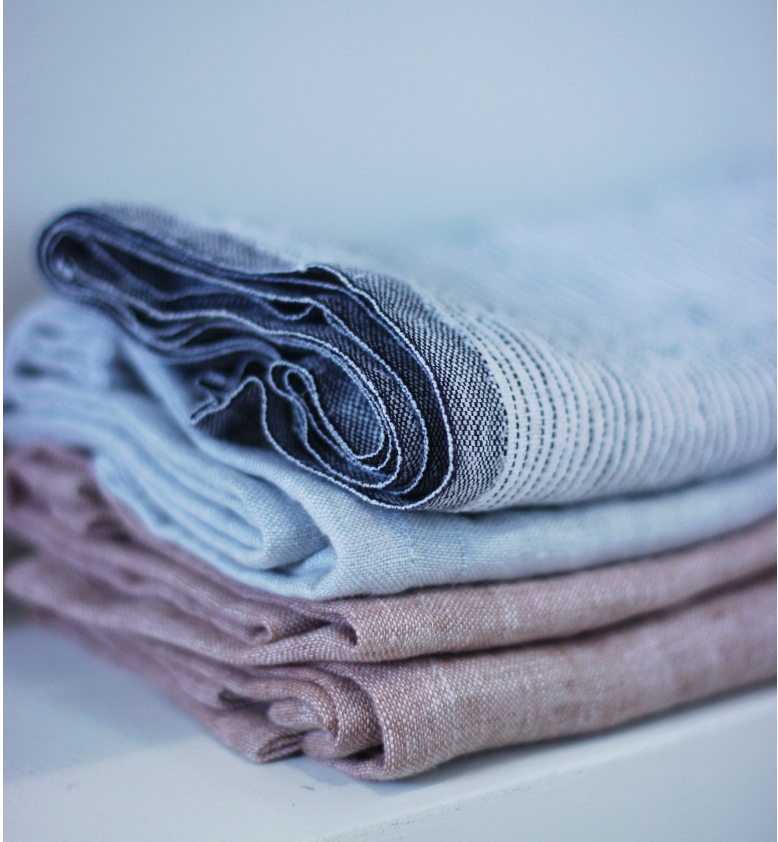

Cooling the body
What you’ll need:
- A good number of reusable freezer blocks – at least 24. Make sure these are all frozen before the death occurs.
- Plastic freezer bags (large enough to fit one of the freezer packs inside). You will be discarding the bags after one use, so you will need a lot.
When you’ve washed and dressed the body, collect 12 of the packs from the freezer. Put each one inside a plastic bag, and then place them over the torso, with two underneath the lower back (the kidney area).
The idea is to rapidly cool the parts of the body over the organs, so you will need to ensure that the blocks cover from the top of the thighs to the throat area. Place packs around the neck as well. If your person is large, you may need more than 12 packs to completely cover the area you need to.
Initially, the remaining warmth in the body will cause the freezer blocks to melt quite fast, so they will need to be changed every five or six hours – as the body cools the freezer blocks should stay frozen for longer. When you change them, discard the plastic bags and place the new frozen blocks in new bags in their place. You will need to keep an eye on the blocks and ensure that the body is kept cold throughout the time you are caring for it at home; it’s better to change the blocks more frequently than needed rather than allowing them to thaw and the cooling process to be compromised.
Continue to keep the room as cold as possible. Air the room carefully, making sure that you don’t allow insects to enter. An occasional burst of fly spray will help deal with any that might have slipped in unnoticed, and it is sensible to pop some cotton wool into each nostril as well as ensuring that the face is covered securely if you leave the body alone for any length of time.
Changes
As time passes, you may notice subtle yet definite changes in the body. The eyes will sink back and appear hollow, the skin texture may harden and change, and the skin colour begin to change from day to day. This is all part of the normal process. Applying moisturiser daily, particularly to the face and hands can help to keep the skin soft.
You may begin to notice a slight odour emanating from the body. Herbs or pot pourri in the room or essential oils in a burner can help to minimise this, but you might find that the odour intensifies to an extent that it becomes difficult to continue keeping the person in the house. This is where it will be invaluable to have a funeral director aware of the situation and in the background on standby, particularly if things change over a weekend.
Sometimes, changes in weather conditions can cause the natural process of deterioration to rapidly accelerate, particularly if there are changes in air pressure such as when thunderstorms occur. A sudden change in the condition of a body can be distressing for everyone but if you have a contingency plan in place and can make a phone call to arrange for the body to be taken to a mortuary, the distress can be minimised.
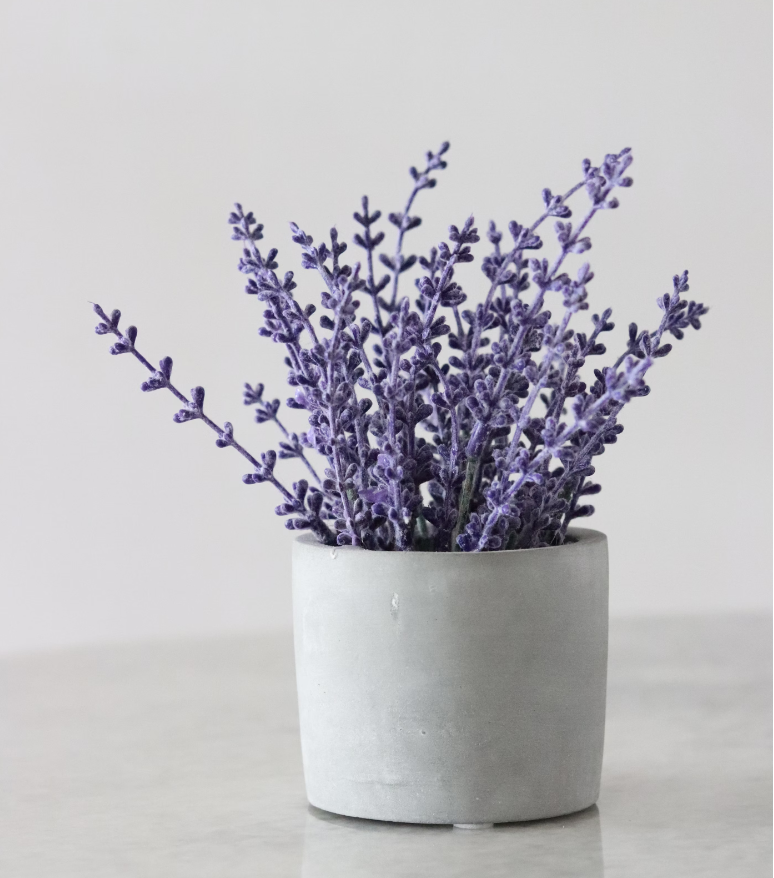
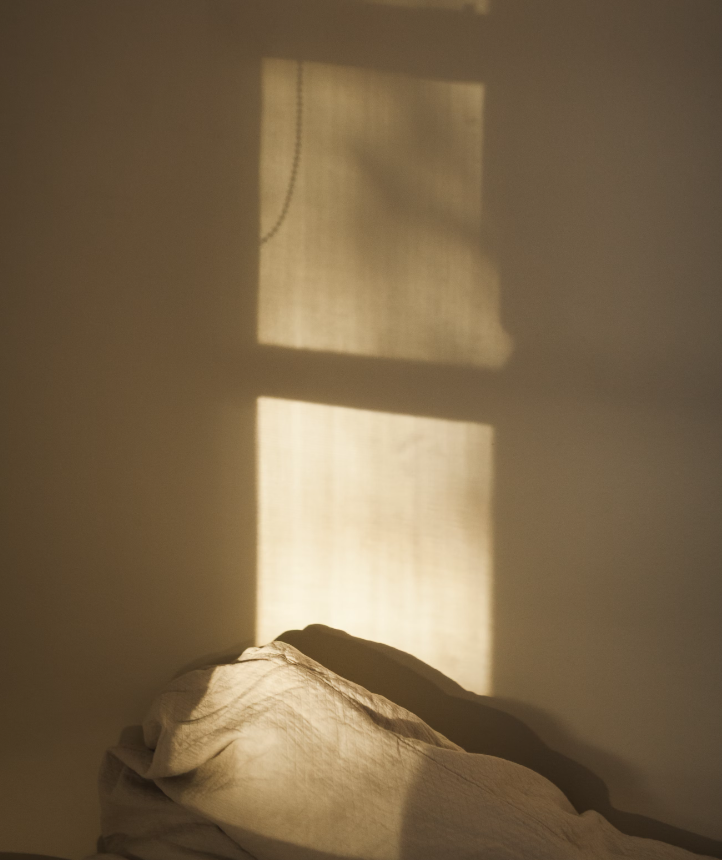
In conclusion
Looking after somebody who has died yourself can be immensely rewarding. Knowing that you have ensured that your person was cared for in death as they were cared for in life, by people who loved them, can help you feel that you have done everything possible for them, until the very last moment.
By keeping your person at home, you will be able to spend as much time with them as you need and seeing the gradual changes that take place as time goes by can make coming to terms with the death a little easier.
Not everyone will want to do this, nor will everyone be able to, and sometimes circumstances will mean that the opportunity doesn’t arise – but if you are someone who both wants to and feels that you can look after your dead person, then go right ahead. As long as you have your back up funeral director in place then very little can go wrong.
We’d love your support
As a Community Interest Company, the Good Funeral Guide exists to benefit the community and to fulfil a social purpose. We rely on donations and goodwill to continue to do our work.
If you find our website helpful, please consider making a donation to help keep us going.
And if you’d like to support us while joining a community of like-minded people, why not consider joining the Good Funeral Guild?
